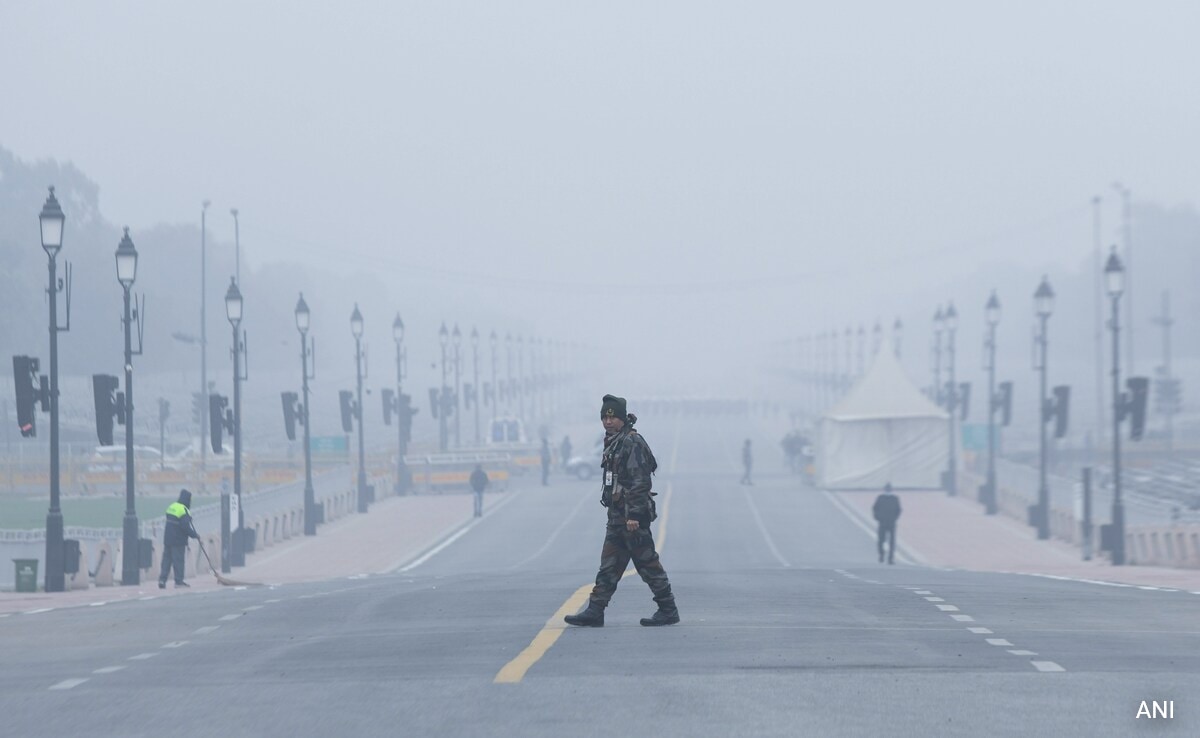
Delhi Weather on Republic Day: The minimum temperature is likely to settle at 5 to 7 degrees Celsius,
New Delhi:
Dense fog may affect visibility during the 75th Republic Day parade and celebrations in the national capital, the India Meteorological Department (IMD) said today.
The weather department said people would be able to see up to only 400 metres until 8:30 am on Friday due to foggy weather. The visibility levels may thereafter improve to 1,500 metres by 10:30 am.
The minimum temperature is likely to settle in the range of 5 to 7 degrees Celsius, the Met office said.
The absence of active western disturbances – weather systems that originate in the Mediterranean region and bring unseasonal rainfall to northwest India – is one of the primary reasons behind the blinding layer of fog persisting over the plains in the region since December 25, the IMD said.
Generally, five to seven western disturbances impact the region during these months. The region has not seen any strong western disturbances this winter so far, it said.
Two western disturbances have affected the country so far – one in December and another in January – but their impact remained confined to Gujarat, north Maharashtra, east Rajasthan, and Madhya Pradesh.
Fog formation requires three conditions: weak low-level winds, moisture, and overnight cooling. Strong western disturbances, characterised by strong winds and precipitation, disrupt these conditions.
The lack of active western disturbances can also be attributed to the prevailing El-Nino conditions, abnormal warming of surface waters in the central Pacific Ocean.
(Except for the headline, this story has not been edited by NDTV staff and is published from a syndicated feed.)




